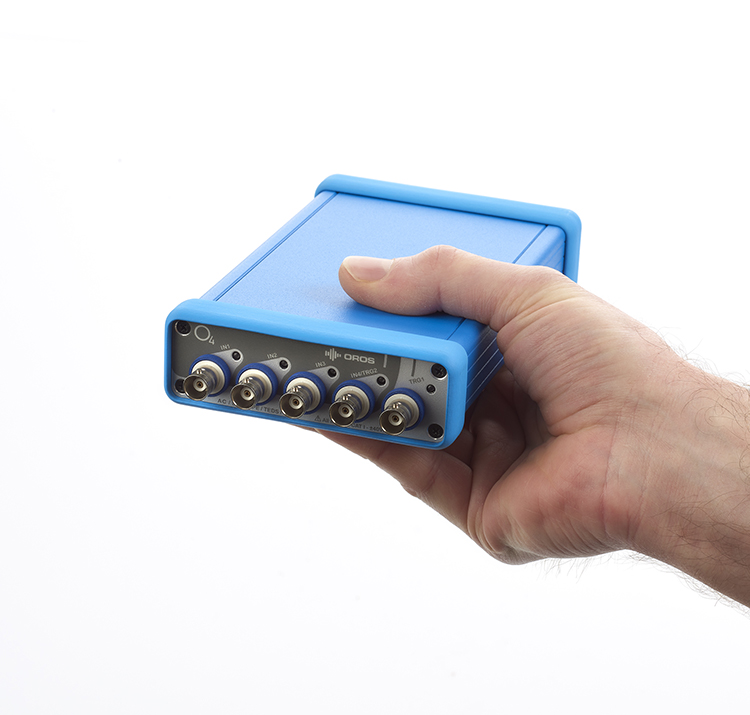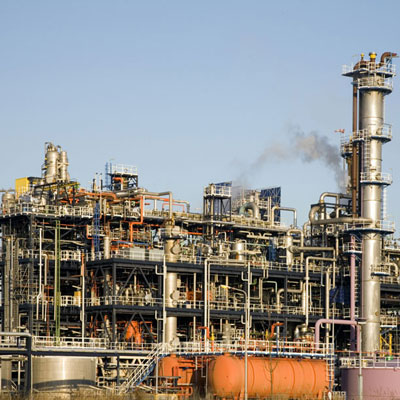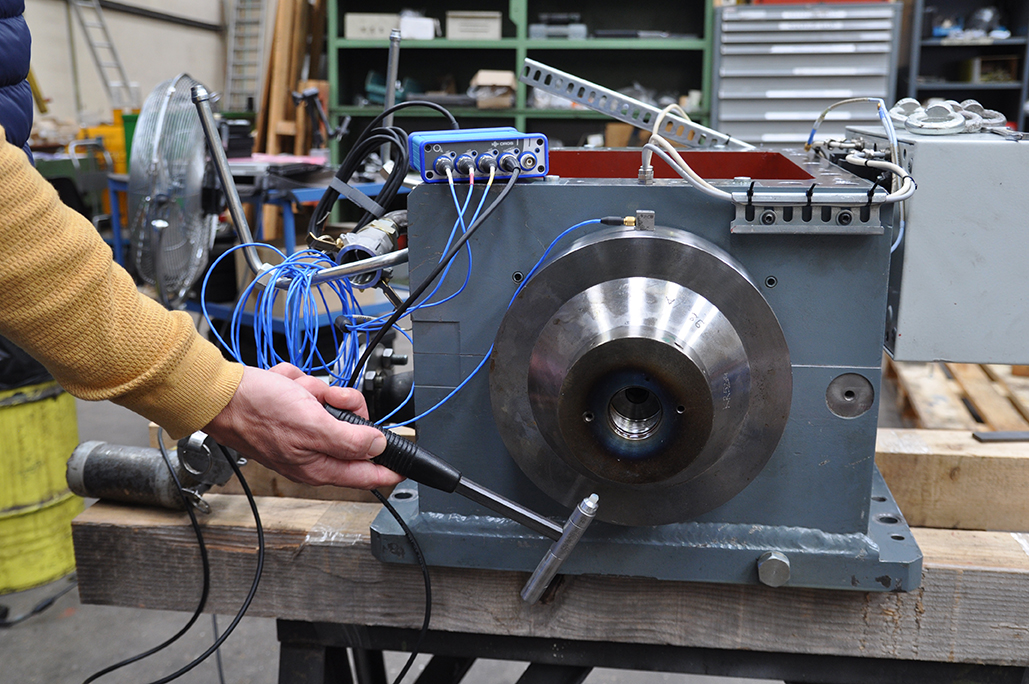Structural dynamics is a type of structural analysis which finds out the behavior of a physical structure when it is subjected to dynamic loading. It can be divided into two catalogues depending on the results: Operating Deflection Shape (ODS) analysis and Modal analysis.
Modal analysis finds out the inherent dynamic properties of a structure, which are characterized by three modal parameters: natural frequency, damping ratio, and mode shape. The natural frequencies, at which frequencies the structure naturally vibrates when it is excited, which is also referred to resonant frequencies. The modal damping, that is when the structure is excited, how fast the vibrations die out. At each natural frequency, there is a mode shape, that is how the different locations and directions (a.k.a DOF) of the structure move.
Depending on the excitation, modal analysis can be divided into two types: Experimental Modal Analysis (EMA) and Operational Modal Analysis (OMA). In EMA, artificial excitations are applied to the structure by using impact hammer or shakers under controlled conditions, and both the input forces and output responses are measured. In contrast, in OMA, the structure is excited by natural excitations generated under operating conditions, and only the output response is measured. EMA can be divided into three levels based on the number of inputs/outputs: Single Input Single Output (SISO), Single Input Multiple Output (SIMO), and Multiple Input Multiple Output (MIMO).
The measured frequency response functions (FRFs) represent the multiple DOF model, and modes need to be identified within the band of interest. Identifying modes directly from FRFs is possible but difficult. In practice, several modal identification tools are often used, such as Summation function, Mode Indicator Function (MIF), Complex MIF (CMIF), Stability diagram, etc.
Once the modal parameters are estimated via certain curve-fitting algorithms, the modal analysis results need to be validated. Common validation tools include synthesized FRFs, mode shape animation, Modal Assurance Criterion (MAC), Coordinate MAC (CoMAC), etc.




